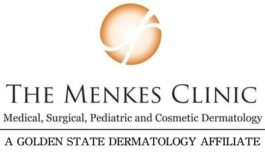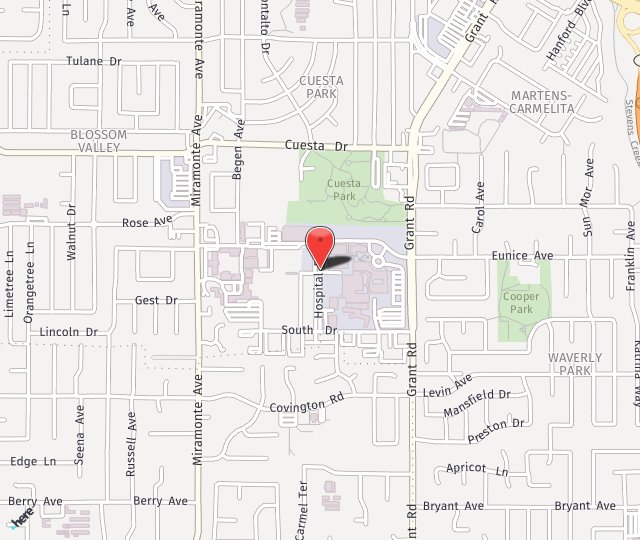What Are Birthmarks?
Birthmarks are skin lesions that are noticed within the first few weeks to months of life and are typically harmless. Birthmarks tend to fall into one of two categories – red or pigmented.
Those that are red are caused by blood vessels. A pigmented birthmark is an area of skin that varies in color from the surrounding skin.

Red Birthmarks
Red birthmarks are skin markings caused by blood vessels. This type of birthmark may develop before or shortly after a baby is born. Currently, there is no known way to prevent red birthmarks and their cause is unknown. A dermatologist should examine the birthmark to determine if it is of concern or requires treatment.
Hemangioma: A common, painless benign vascular growth that develops in early infancy, typically during the first several weeks of life. This birthmark grows rapidly during the first 6 months of life, then stabilizes in size and slowly disappears without treatment by the time a child is 9 years old.
Port Wine Stain: A flat, purple-to-red birthmark made of dilated blood capillaries. This commonly occurs on the face and is usually permanent unless treated with a laser. This type of birthmark may thicken and darken over time, and cause bleeding and psychological distress.
Salmon Patch (stork bite, nevus simplex): Appears in 30-50% of all newborns. These marks are small capillaries that can be seen through the skin. The most commonly occur between the eyebrows or on the eyelids or forehead, on the upper lip or on the back of the neck. Usually, these marks fade without treatment as the infant continues to grow.
Birthmark Removal Treatment Options
All salmon patches and most hemangiomas will last only a short time, fading without treatment. However for hemangiomas that are large, disfiguring or interfere with an infant’s ability to function (located on an eyelid, nose, lip, genital or anus), treatment with oral propranolol or topical timolol gel may be indicated. Dr. Lillian Soohoo is a board-certified pediatric dermatologist who is highly skilled in the management of hemangiomas. Dr. Soohoo also serves on the clinical faculty at Stanford and the Lucile Packard Children’s Hospital. A pulsed-dye laser can be used to treat port-wine stains on the face even in very young patients. Early treatment in childhood is helpful to prevent psychosocial problems in patients with extensive lesions.
Pigmented Birthmarks
Pigmented skin markings range from brown or black to bluish, or blue-gray in color. There is no known way to prevent these types of birthmarks. A dermatologist should examine the birthmark to determine if it is of concern or requires treatment.
Mongolian Spots: These appear as bluish, bruise-like marks and most often appear on the buttocks and lower back, but can be seen anywhere on the body. Most commonly seen in darker skin types, especially Asians.
Congenital Nevi (Moles): These can be seen at birth and range in size from a few millimeters to extensive, bathing trunk-sized lesions. Only very large congenital moles (>20 cm diameter) have a higher risk of developing into melanoma, but the smaller lesions do not.
Café-au-lait Spots: These are light tan or light brown spots that are usually oval in shape and may develop at birth.
In most cases, no treatment is needed. When removal is desired for cosmetic reasons or because of suspicious changes, surgical excision may be an option for congenital nevi. Café-au-lait spots can also be treated with laser therapy.
Schedule A Consultation
The team at The Menkes Clinic & Surgery Center in Mountain View, California offers gentle, compassionate care for birthmarks and other pediatric skin conditions. Contact our office at 650-962-4600 or visit today!


